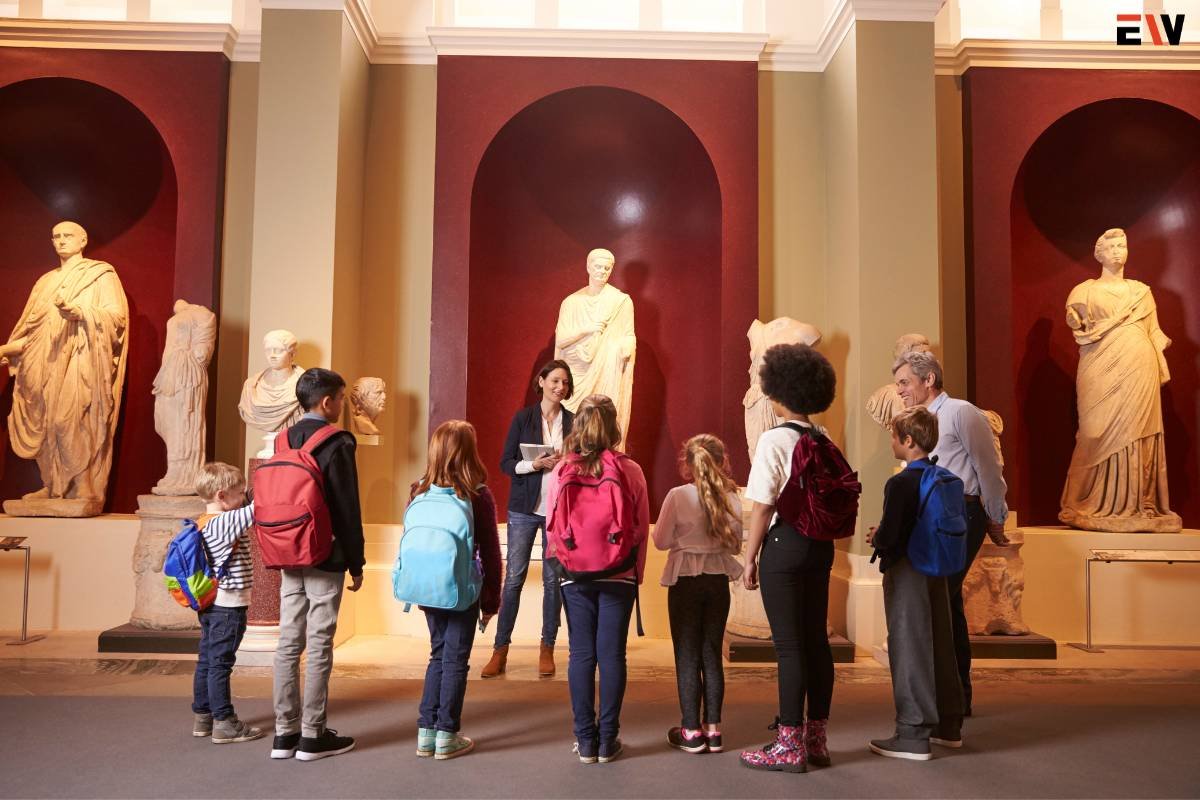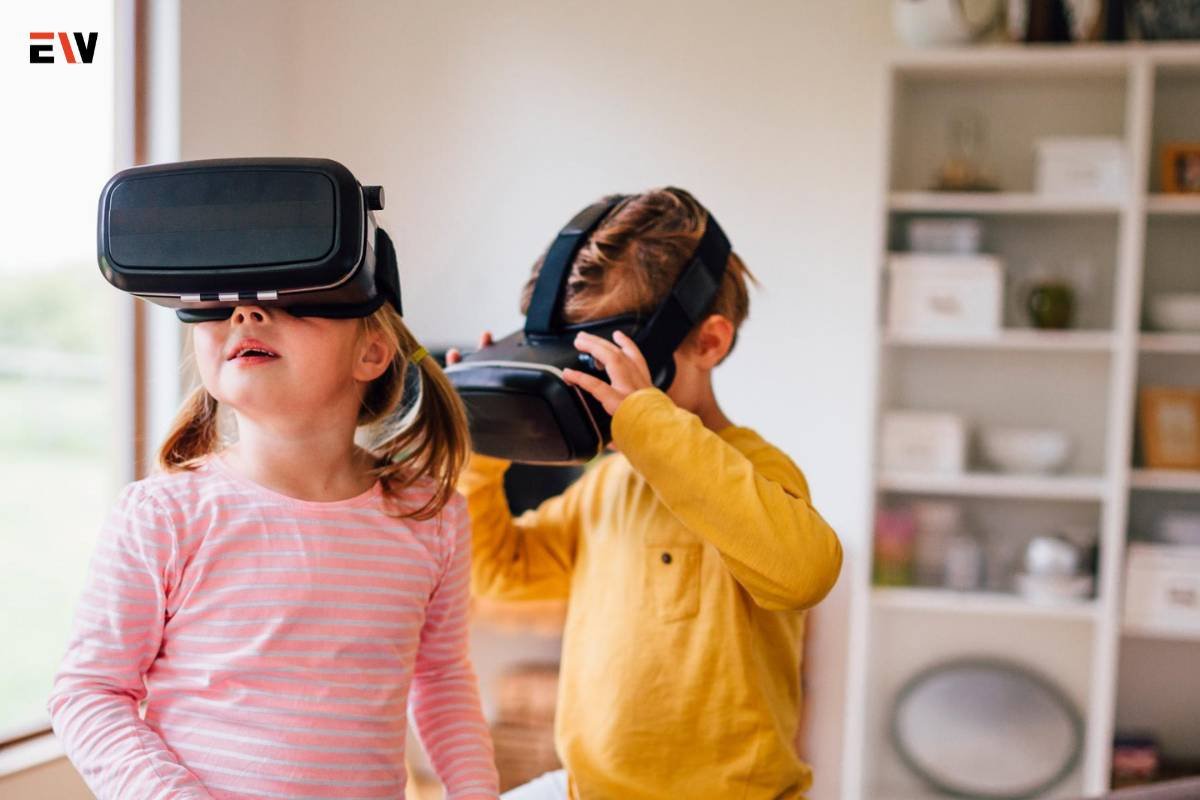In the digital age, education is evolving at an unprecedented pace, thanks to innovative technologies that enhance learning. One such technology making waves in the educational realm is Augmented Reality (AR). AR in education holds the promise of making lessons engaging, interactive, and immersive. In this article, we’ll explore the use of AR in education, its benefits, real-world applications, and its potential to revolutionize the learning experience.
What is AR in Education?
Augmented Reality (AR) is a technology that overlays digital information, such as images, videos, or 3D models, onto the real-world environment. In education, AR enhances the learning experience by integrating digital content with physical objects, textbooks, or even the surroundings, creating an interactive and immersive learning environment for everyone.
Key Aspects of AR in Education:
1. Real-World Integration: AR helps in seamlessly merging the digital and physical worlds, providing learners with a deeper understanding of subjects through context-rich experiences.
2. Interactivity: AR also fosters engagement and interactivity by allowing students to manipulate virtual objects, explore simulations, and participate actively in the learning process.
3. Accessibility: AR is accessible through smartphones, tablets, and AR-specific devices, making it a versatile and widely available technology.
Benefits of Augmented Reality in Education
The integration of AR in education brings forth numerous advantages for students, teachers, and educational institutions:

1. Enhanced Engagement: AR makes learning fun and interactive, capturing students’ attention and boosting their motivation to learn.
2. Better Understanding: Complex subjects are easier to comprehend when students can visualize abstract concepts through interactive 3D models and simulations.
3. Personalized Learning: AR enables personalized learning experiences, catering to different learning styles and paces. Students can explore topics at their own speed.
4. Improved Retention: The interactive nature of AR aids in better retention of information, as learners actively participate in the learning process.
5. Real-World Applications: AR prepares students for real-world applications by allowing them to practice skills and tasks in a virtual environment.
Applications of Augmented Reality in Education
AR in education is not just a futuristic concept; it’s already being used to transform the way students learn. Here are some real-world applications of AR in the educational landscape:

1. Interactive Textbooks: AR-enhanced textbooks bring static images to life. Using AR-enhanced textbooks, students can use AR apps to scan images and access additional multimedia content, such as videos, 3D models, or historical information.
2. Science Simulations: In subjects like biology, chemistry, and physics, AR simulations allow students to perform virtual experiments, explore the human body, or observe complex chemical reactions.
3. Language Learning: AR language apps can superimpose virtual translations onto physical objects, making language learning more engaging and immersive.
4. Virtual Field Trips: AR takes students on virtual field trips, allowing them to explore historical sites, famous landmarks, or ecosystems without leaving the classroom.
5. Anatomy Education: Medical students can use AR apps to study human anatomy by overlaying 3D models of organs onto physical skeletons or cadavers.
Implementing Augmented Reality in Education
Implementing AR in education requires a strategic approach to ensure successful integration and maximized benefits:
1. Curriculum Integration: Identify areas in the curriculum where AR can enhance learning experiences and align AR resources with educational goals.
2. Teacher Training: Provide teachers with training and resources to effectively integrate AR into their lessons. They should be proficient in using AR tools and apps.
3. Accessible Devices: Ensure students have access to AR-compatible devices, such as smartphones or tablets, and provide guidance on installing AR apps.
4. Content Creation: Invest in creating or sourcing AR content that is aligned with the curriculum and tailored to the needs of the students.
5. Assessment and Feedback: Develop assessment strategies that evaluate the impact of AR on learning outcomes, and gather feedback from students and teachers to make continuous improvements.
Challenges and Considerations
While AR in education offers numerous benefits, there are challenges and considerations that must be addressed:

1. Cost: Acquiring AR devices and content can be expensive, which may pose challenges for schools or students with limited resources.
2. Digital Equity: Not all students have access to the required devices and high-speed internet, potentially creating a digital divide.
3. Integration into Curriculum: Effective integration of AR into the curriculum demands careful planning and alignment with educational objectives.
4. Teacher Training: Teachers may require training to effectively use AR in their teaching, which can be time-consuming and costly.
5. Distractions: Overuse of AR can be distracting and counterproductive. It’s important to strike a balance between traditional teaching and AR-enhanced learning.
Conclusion
Augmented Reality in education is poised to revolutionize the way students learn, providing engaging, interactive, and immersive experiences. By overlaying digital content onto the physical world, AR enhances comprehension, retention, and motivation, making education more accessible and enjoyable.
As AR technology continues to evolve and become more accessible, its integration into education will likely become more widespread. However, addressing challenges related to cost, digital equity, and curriculum integration is essential to ensure that the benefits of AR in education are accessible to all students. The potential of AR in education is boundless, offering students the opportunity to explore historical events, conduct virtual experiments, and engage with abstract concepts in ways that were previously unimaginable. As this technology becomes more ingrained in the educational landscape, it promises to reshape the future of learning and empower students to reach new heights in their education.










